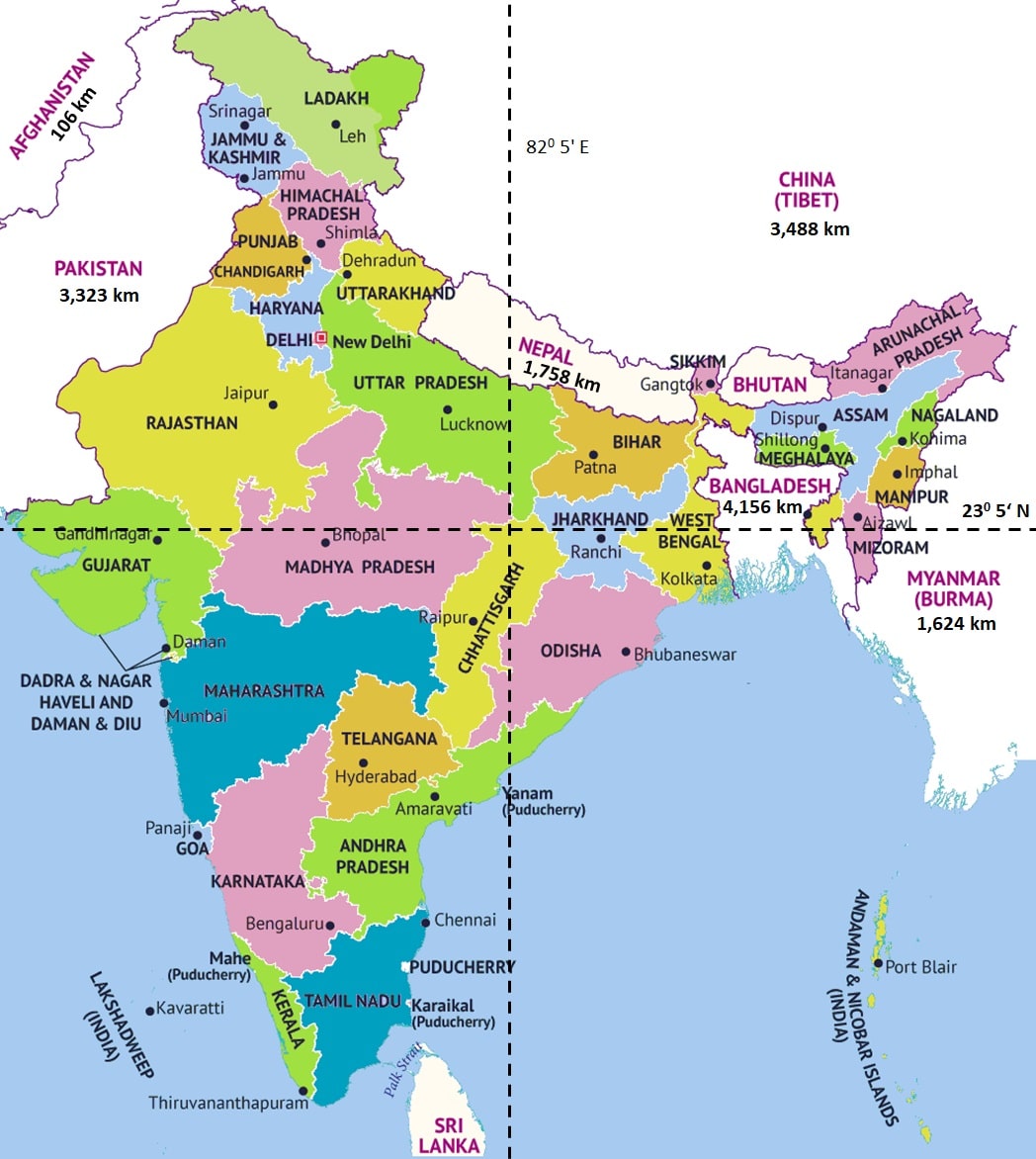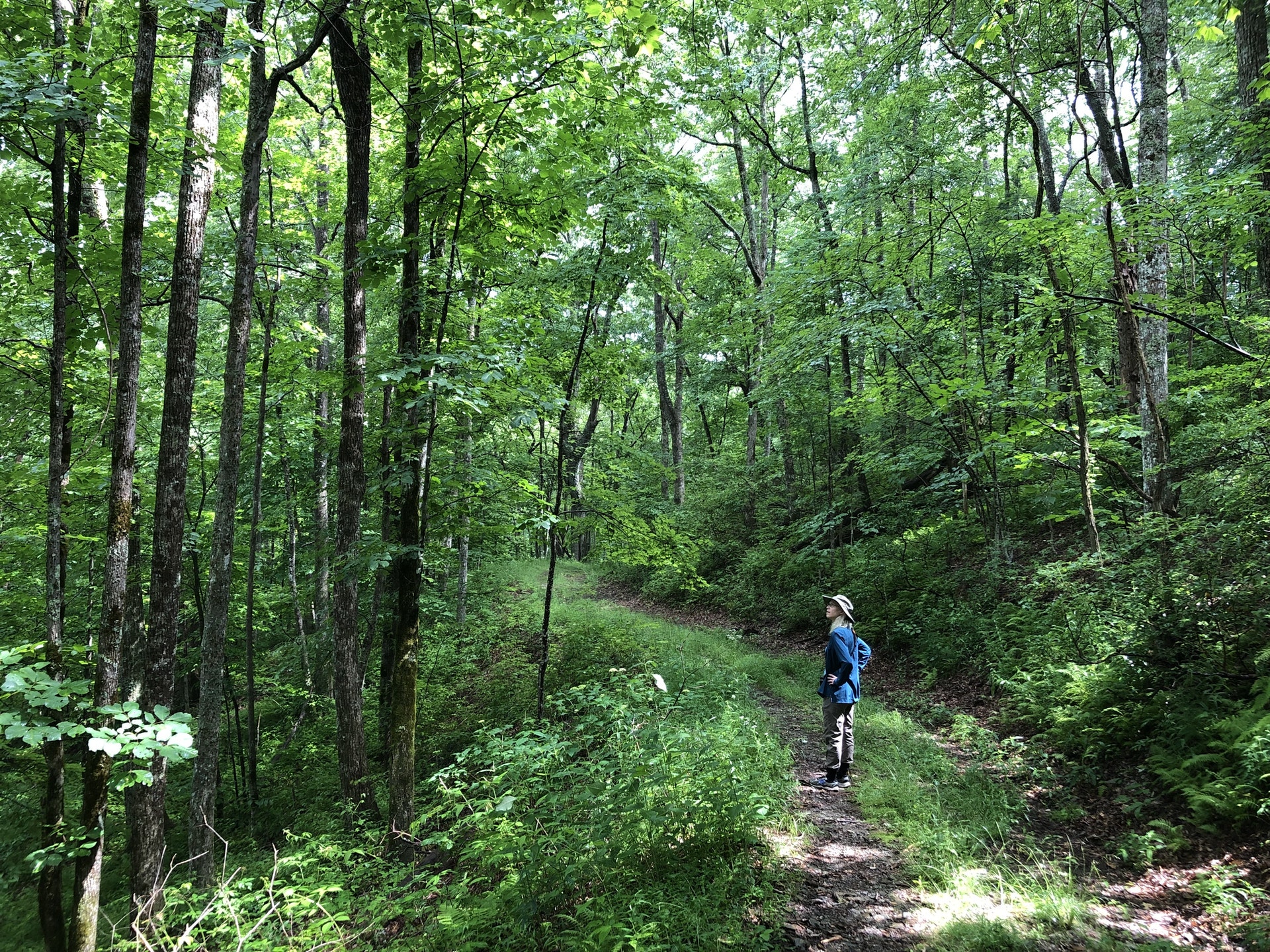
There are now 14 signs, according to the Village Clerk's Office.Įxcerpted from Bolingbrook Keeps Making History, Volume 3, compiled by James D.

When Bolingbrook's Historic Preservation Commission was formed in 1993, they thought it was a good idea to put them back up. But they became damaged, were stolen, or were taken down when Boughton Road was widened. His request was approved and six wooden posts were put up, marking the boundary line. Historian Bingle found this all fascinating and asked the Will County Board if they could mark the Indian Boundary Line. There was more and more interest in this "safe passage" route after the Erie Canal was built.Īt about the time the canal was built, the Chicago Portage was being surveyed for the purpose of building the Illinois and Michigan Canal, which opened in 1848. Traders used the Chicago Portage, but the route was used more after the Erie Canal in New York was built in the early 1820s.īefore the canal was dug, people used the Ohio River to get to Illinois, so much of the southern portion of the state was settled before the northern. Government was able to sign the treaty with the three Indian tribes who surrendered the land that made up the Chicago Portage. The first white men to explore this area were map maker Louis Joliet and Jesuit missionary Father Pierre Marquette, who in 1673 found the Illinois River and Des Plaines River route between Lake Michigan and the Mississippi, known as the Chicago Portage, of great transportation value.īut it wasn't until about a century and a half later, after the war of 1812, that the U.S. The Indian Boundary Line signs, which mark the northern edge of the "safe passage zone," were first installed largely due to the efforts of James Bingle, DuPage Township Assessor, member of Will County Board, and area historian. Government in 1816 by three allied Indian tribes - the Ottawa, Chippewa, and Potawatomi, to allow traders freedom to travel without fear of being attacked between Chicago and Ottawa. The Indian Boundary is a 20-mile wide area, 10 miles on either side of the Des Plaines River, running south from Lake Michigan to the Kankakee River with the northern boundary line running through northern and western Bolingbrook. Have you wondered why they are there are what they mean? Read on for an explanation. 006-1 GEORGIA HISTORICAL COMMISSION 1953"Ĭopyright held by David Seibert.Have you seen the brown and white lettered signs around town marking the Indian Boundary Line? Maybe you saw them on Boughton Road, Royce Road, or in the park of the same name. It was originally marked by a line of felled trees at least twenty feet wide, which became a sort of No Man's Land. The line ran "from the top of Currahee mountain to the head, or source, of the most southern branch of the Oconee river, including all waters of the same." The boundary line was re-affirmed by the Treaty of Hopewell, Nov. The boundary between the State of Georgia and the Chereokee Nation established by the Treaty of Augusta, May 31, 1783, ran along here. 441 at Mile Marker 15, immediately south of Hollingsworth United States, Georgia, Banks County, Hollingsworth, 34.43871, -83.50823 Medium: Records containing the words bread and butter or bread and fruit Records containing the phrase “African American” and art Records with the word Brunswick but not the word stew Records with the word low that also contain girl and/or scouts Truncation and wildcards are not supported This Search

You can use parentheses in your complex expressions Use "OR", "AND", and "NOT" (must be capitalized) to create complex boolean logic Use "-" before a word or phrase to exclude Use "+" before a term to make it required (Otherwise results matching only some of your terms may be included) Use quotation marks to search as a phrase Select "Full text" to search only the scanned or transcribed text for items. Select "Records" to search only metadata for items.
#Indian boundary full#
Select "Records and Full text" to search both the metadata and available full text.


 0 kommentar(er)
0 kommentar(er)
